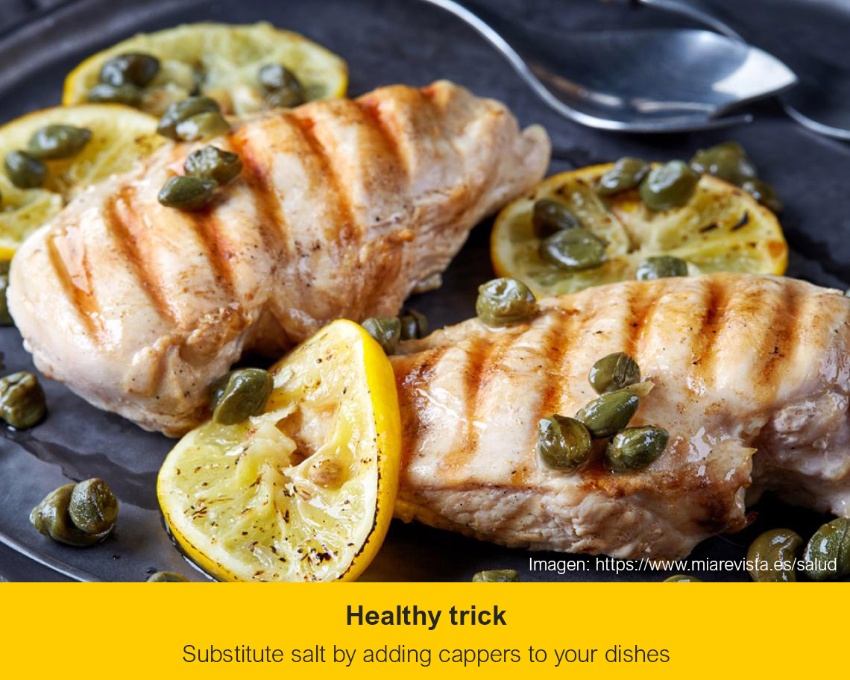For sauces, side dishes, in pizzas, in salads, ideal for fish and meat dishes ... caper is part of our cuisine but for many it remains an unknown product. We are going to discover its origin, its history and the different uses for this product, so natural and so ours.
This small fruit is part of our Mediterranean gastronomy and comes from a bush called Capparis Spinosa (caper). The caper is the immature cocoon that is collected to be preserved habitually in vinegar, salt and tarragon. Although its natural flavor is bitter, once prepared, capers have an excellent flavor and can be taken as a pickle.
In gastronomy, capers are perfect for making sauces, seasoning fish and meat, and add an original touch to salads and pizzas. In addition, due to its high sodium content, it can be a perfect substitute for salt when seasoning chicken, salmon, turkey, vegetables or salads.

The caper in the kitchen
In Ancient Greece the flowers and fruits of the plant were used in cooking, and the stems and leaves were also used for medicinal purposes. The Greeks were in charge of introducing capers in the Mediterranean towns, especially in the Italic and Iberian peninsulas, as well as in the Mediterranean islands. This plant quickly and easily adapted to these territories due to the warm and sunny climate.
There is also evidence of the use of the caper as an ingredient in various dishes in Ancient Rome, including in the cold cheese casserole (possible origin of the gazpacho) or in dishes that served as an aperitif.
In Andalusí cuisine, capers were kept in brine and, seasoned with oil and vinegar, they were eaten with curdled milk. It also appears in many dishes combined with asparagus, since both coincide in the wild harvest season.
In the 17th century, capers appeared in numerous recipes collected by the famous Le Cuisinier cookbook, possibly the gastronomic bible of the time.
Currently there are many uses and dishes in which the caper is the protagonist or it is one of the ingredients that adds a unique touch to recipes. Capers are highly valued for making sauces, Italian pasta dishes and Greek pasta inherited from centuries of tradition, such as the famous putanesca sauce. Pizzas and focaccias are also perfect to incorporate this ingredient, in addition to seasoning meat dishes such as chicken. It is also very present in the most avant-garde cuisine, whether in sauces such as tartar, remoulade or tartar steak.
In Spain the use of capers is very widespread in all regions, forming part of traditional dishes in the Balearic Islands, Catalonia, Extremadura, Andalusia, Murcia….
The pasta made from crushed olives with capers, anchovies and olive oil is known as Tapenade, a perfect product to make appetizers or to accompany meat and fish.



